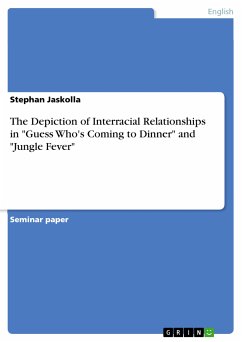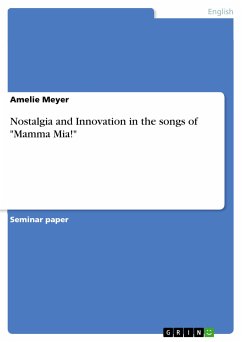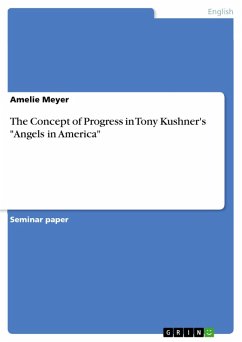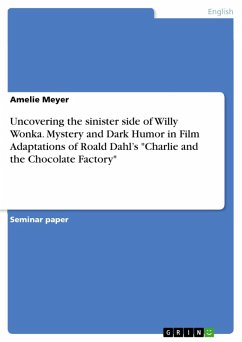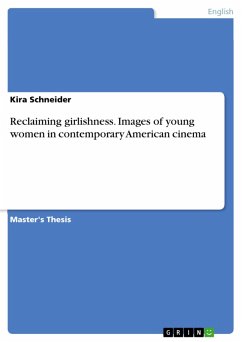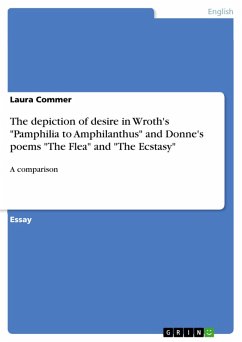Seminar paper from the year 2016 in the subject English Language and Literature Studies - Other, grade: 1,7, University of Dusseldorf "Heinrich Heine", language: English, abstract: The intention of this paper is to assess the extent to which the bi-racial relationships of the main characters of the two movies "Guess Who's Coming to Dinner" and "Jungle Fever" are influenced by their families and communities and how the films differ in their perspective of interracial coupling. To provide an adequate analysis, it is necessary to make some brief remarks about the historical background of the to movies, as well as providing some basic information about the concept of gender and race as they remarkably influence concept of interracial romances and thus the perception of the two movies. The main part will consist of an analysis of the movies and a comparison of them. In 1661, Maryland introduced the first miscegenation law in the US. It stipulated that "divers free-born English women, forgetful of their free conditions, and to the disgrace of our nation do intermarry with Negro slaves," and to deter these "shameful matches" the law provided that women who so marry, and their off-spring, should themselves become slaves". More than 300 years later, in 1967, the "Loving vs. Virginia" trial substantially changed the rights for interracial couples in the United States. Today, 9.5 percent of American marriages are interracial. Interestingly, only 7 percent of those marriages are between black and white people, amounting to less than 1 percent of all marriages. It seems, as if there is still a barrier in the minds of people regarding the concept of romantic relationships between African-Americans and white citizens. The topic of bi-racial couples has not only been an issue within the social sciences but also a topic of Hollywood movies like "Guess Who's Coming to Dinner" (which will be referred to as "Guess" throughout this term paper) by Stanley Kramer or Spike Lee's "Jungle Fever". As both movies were created in different periods of time and by directors of different colors they should differ significantly in the ways they present interracial couples and the way they are influenced by their communities and families.
Dieser Download kann aus rechtlichen Gründen nur mit Rechnungsadresse in A, B, BG, CY, CZ, D, DK, EW, E, FIN, F, GR, HR, H, IRL, I, LT, L, LR, M, NL, PL, P, R, S, SLO, SK ausgeliefert werden.

